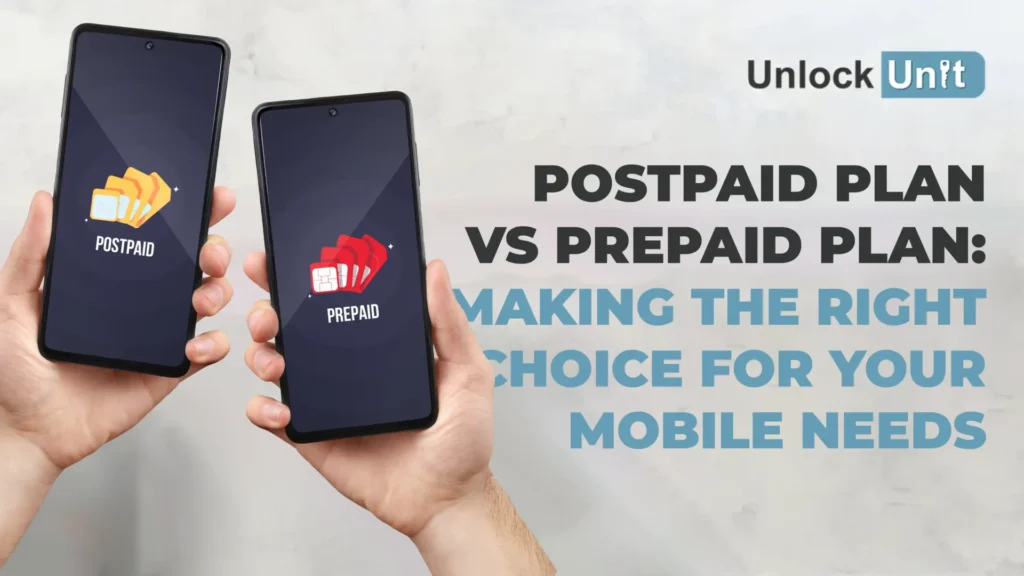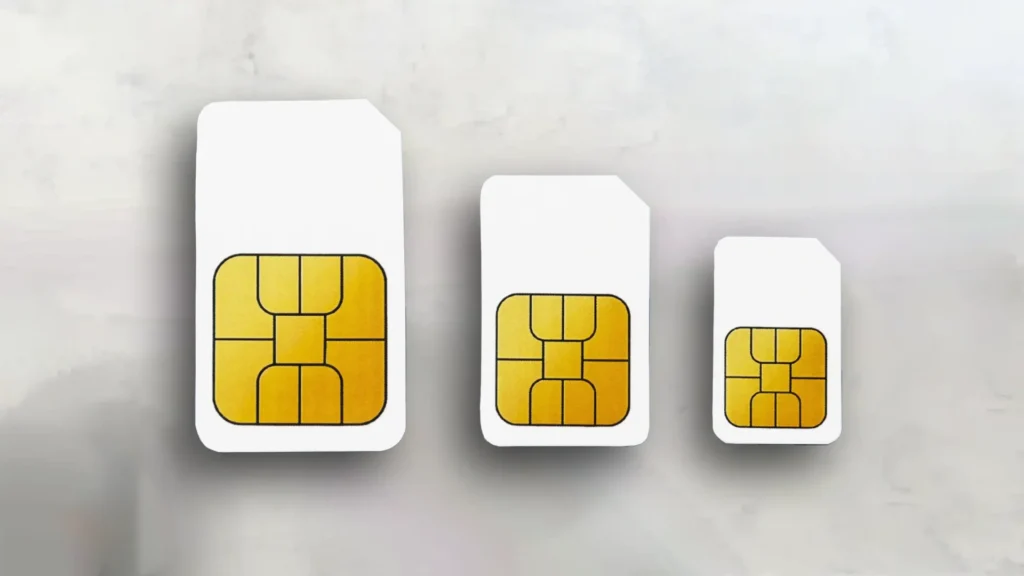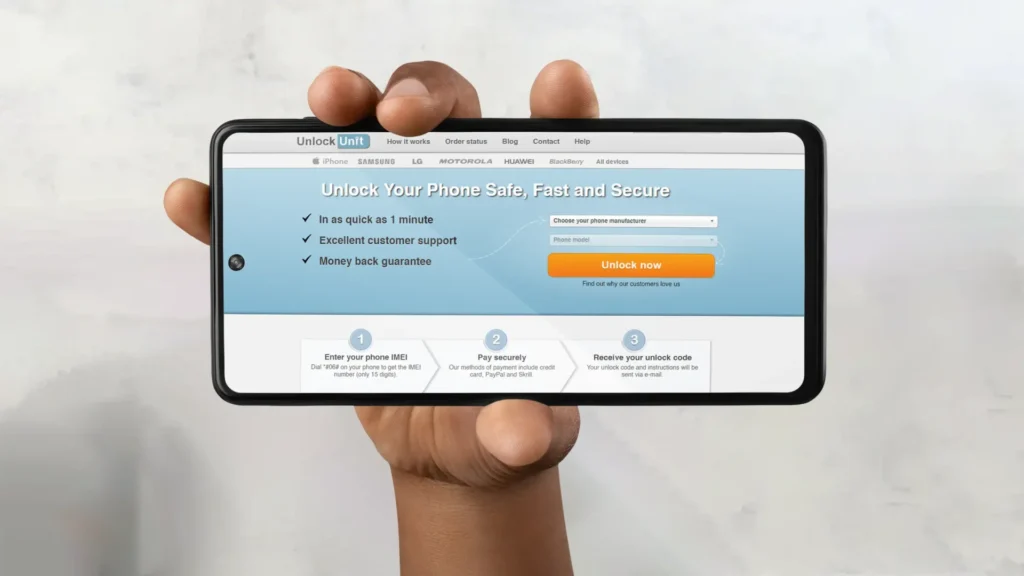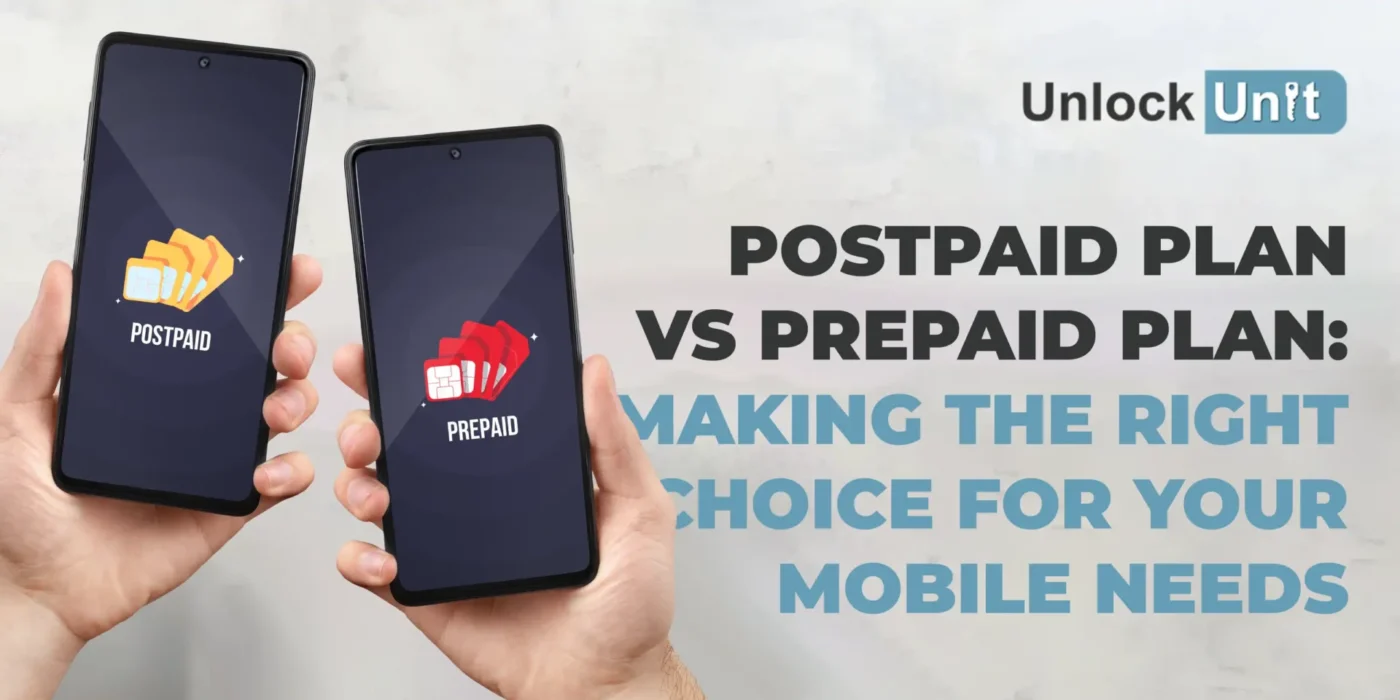
Explore the intricacies of Postpaid Plan VS Prepaid Plan to decide which mobile network option is optimal for your usage and budget.
Ever found yourself pondering, “Should I opt for a prepaid or postpaid SIM card? Which suits my needs best?” Today, we delve deep into the distinctions between these two popular choices to guide you towards an informed decision.
Understanding the Prepaid Plan
The essence of a “Prepaid plan” lies in its name: you pay for the plan upfront and enjoy the benefits throughout its duration. Whether you’re looking for short-term connectivity or a commitment-free mobile experience, prepaid has got you covered. It’s a pocket-friendly solution, especially for those who have fluctuating data needs. However, note that some extra perks exclusive to postpaid plans won’t feature here.
Demystifying the Postpaid Plan
With a postpaid plan, you utilize the mobile services first and pay for them at the month’s end. The bills vary depending on your chosen plan and your actual data consumption. This option is a go-to for working professionals or those who prefer uninterrupted services coupled with added benefits. For instance, some providers like Airtel throw in memberships to platforms like Amazon Prime and Disney+ Hotstar, giving you more than just mobile connectivity.

Postpaid VS Prepaid: The Core Differences
Billing Cycle: Prepaid requires upfront payment, while postpaid bills you after usage.
Flexibility: With prepaid, you control your spending. Postpaid might have extra charges if you exceed your plan’s limits.
Commitment: Postpaid often ties you to contracts, sometimes spanning 24 months, whereas prepaid offers more freedom.
Choosing Based on Your Lifestyle
1. For the Nomad:
If you’re constantly on the move, hopping from one city or country to another, a prepaid plan offers the flexibility you need. It’s easy to switch between different local providers to get the best deals and avoid expensive roaming charges.
2. For the Heavy User:
Streaming, online gaming, regular video calls – if this sounds like your daily routine, postpaid plans often offer larger or unlimited data allowances, ensuring you’re always connected without worrying about running out of data.
3. For the Budget Conscious:
Prepaid allows you to monitor and control your expenses. By setting a limit on your mobile expenditure, you can ensure you never spend more than what’s allocated in your budget.
4. For the All-In-One:
Postpaid plans often come bundled with other services, like home broadband, cable TV, or OTT platform subscriptions. If you’re looking for an all-in-one solution, postpaid might be your answer.
Postpaid plan vs Prepaid plan? Unlock Your Phone First!
Transitioning between Postpaid plan vs Prepaid plan? Ensure a smooth switch by unlocking your phone to be network-compatible. If locked, here’s how to get it unlocked:

- Visit UnlockUnit.
- Select your phone’s brand.
- Input your phone’s IMEI number.
- Provide an email for confirmation.
- Choose your locked country and network/carrier.
- Confirm payment and await an email confirmation.
- Insert an unauthorized SIM and power on your device.
- When prompted, enter the unlock code provided by UnlockUnit.
Conclusion
Opting for prepaid makes sense if you’re budget-conscious, have limited data needs, and prefer a commitment-free experience. However, if uninterrupted connectivity, no data caps, and added perks sound more like you, then postpaid might be your best bet. Share your thoughts in the comments below, and let’s keep the conversation going!

